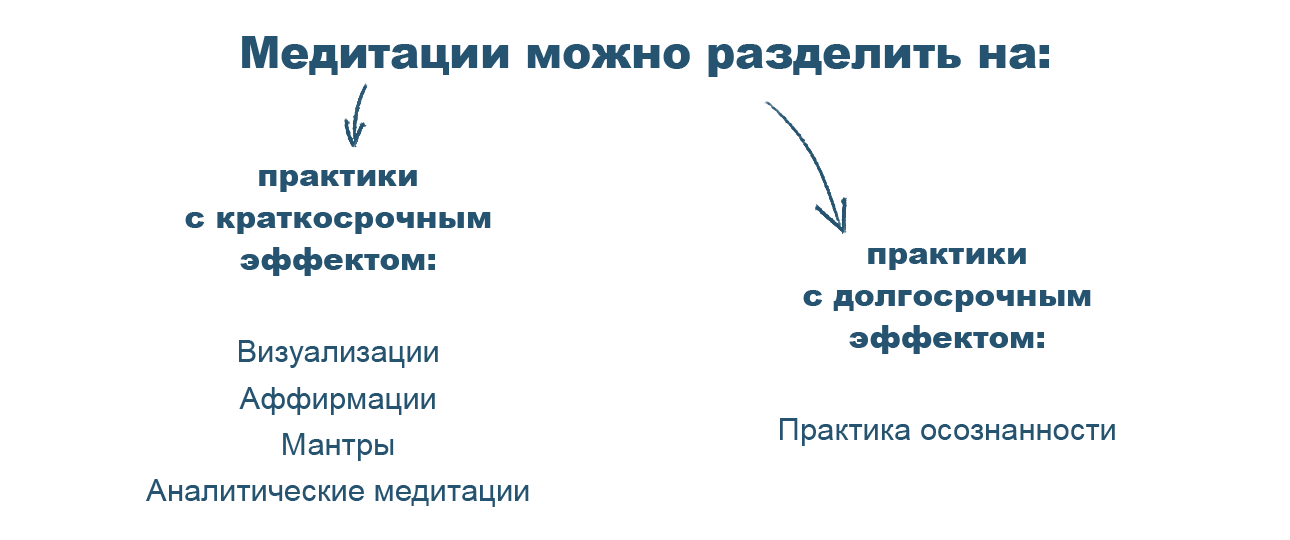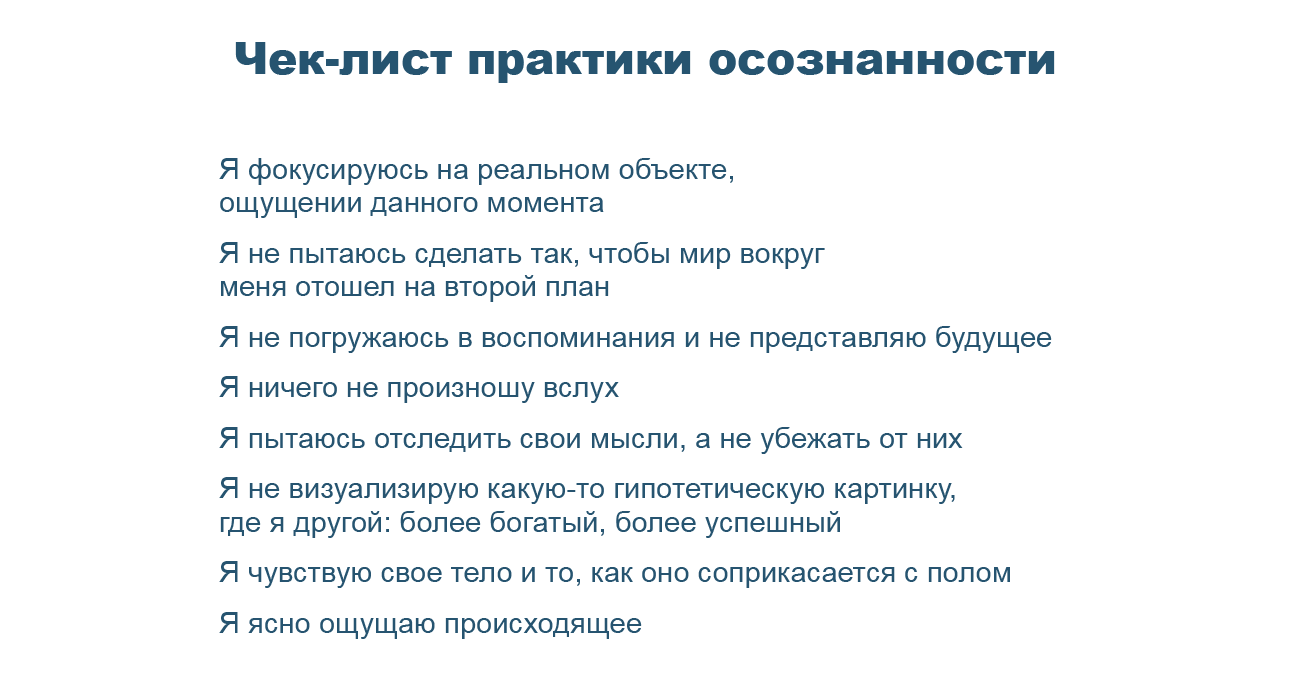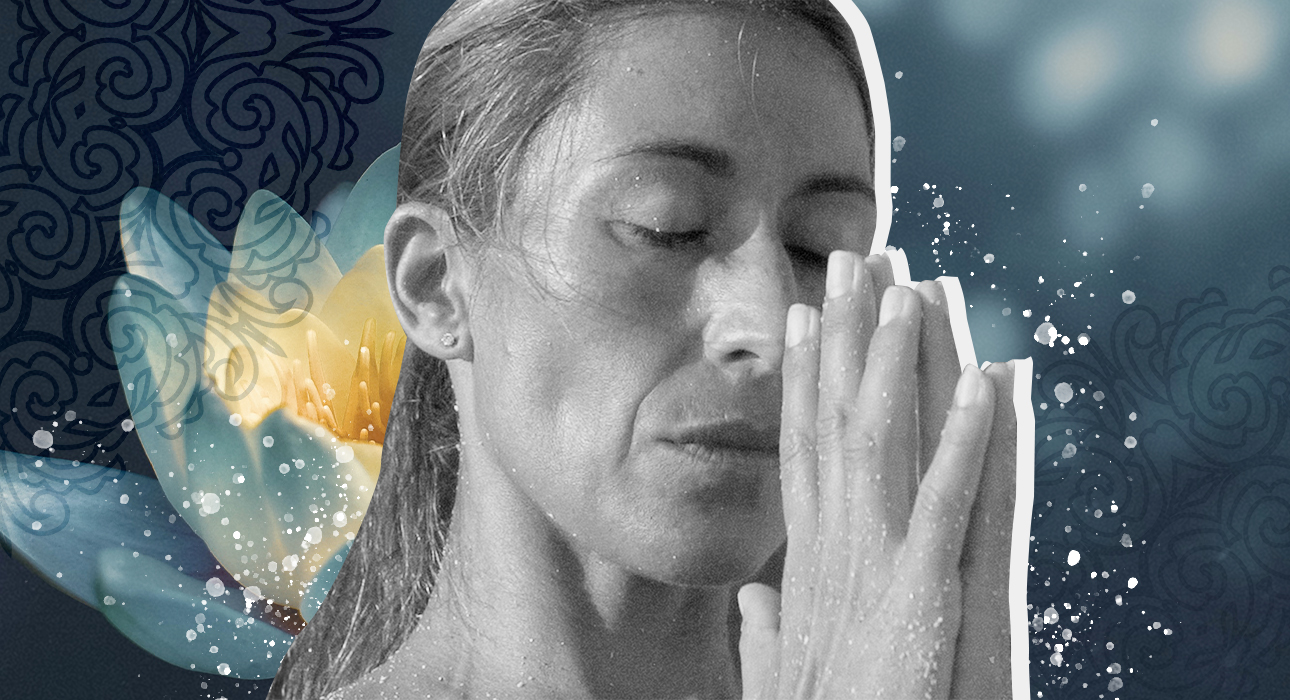Today, spiritual practices have become as important a part of the life of Muscovites as morning coffee. It would seem that this question should not cause difficulties. However, what is obvious at first glance still remains incomprehensible, and what is incomprehensible, as you know, causes fear in people. It turns out that there are many stereotypes about meditation. Some people even see it as a fake fashion trend and downplay the benefits of meditation.
To understand this topic, we spoke with Igor Budnikov, the leader of the mindfulness aspect in Russia (training being in the present moment using meditative techniques), entrepreneur and teacher of mindfulness practices. He explained why people meditate, how to test themselves for the accuracy of the technique, and broke down existing stereotypes about the practice.

Igor Budnikov, awareness leader in Russia
Why is meditation getting more and more popular nowadays?
Especially if we talk about the last five years, I think one of the main duties of practitioners is to relieve stress. We came to them during a pandemic when there was an explosion of practices with short meditations that allow you to deal with negative emotions.
Does the stereotype that meditation relates solely to religious spiritual practices hold true today?
I would say that spiritual practices in many countries are no longer associated with a religious component. The stereotype continues to exist, but I am glad that there are more and more people who do not believe in it. Celebrities are contributing: LinkedIn CEO, star host Oprah Winfrey has spoken openly about the benefits of meditation, and meditation has been incorporated into corporate culture in foreign companies’ offices as well.
Meditation has long become one of the healthy lifestyle practices with its scientifically proven effectiveness.
A lot of people do yoga, right? Practicing to be more flexible is one of those trendy forms of fitness. Although originally yoga was a spiritual practice described in ancient texts. I really hope that meditation with all its proven effectiveness will become the same normalized practice.
What is meditation for?
Meditation improves health. On the physical side: mindfulness practices improve sleep, lower blood pressure, affect the gut microbiome.
If you look at the benefits of the mental state, meditation restores concentration. Thanks to them, you will react in a measured way to conflicts and the general stress level will be reduced. You will also be able to remember more information and learn new skills faster. This has been proven in tests by Sarah Lazar, a neurophysiologist at Massachusetts General Hospital and Harvard Medical School. According to his research, 50-year-olds who meditate have as much gray matter in the brain as 30-year-olds, which is responsible for the rate at which the brain remembers new information.

With global mindfulness meditations, you start living by enjoying the moment. You realize that the experience won’t last forever. Meditation helps you stop holding on to a painful past and overreacting to stressful situations.
You have to practice regularly to see all these “results”. This is very important – you will only be able to notice the fundamental changes after eight weeks.
What distinguishes effective meditation from quality meditation?
I wouldn’t separate meditation into “effective” and “quality”. Rather, one may perceive them as something with a short-term or long-term impact. This does not mean that any of these meditations are worse or better, just that the degree of their effects on the brain is different.

In applications that have a short-term effect, the person focuses on an object or picture that he or she has invented. Or on a real object, but at the same time he takes on the task of adapting to it so that he gradually begins to ignore everything that is going on around him.
I would say that all this is more of a ritual worth using just for relaxation. As a result, you become more confident, even full of optimism, you get pleasant impressions and more self-confidence. Although it is like a cup of coffee: you drink it – you feel a surge of energy, but after a few hours it subsides.
Mindfulness meditation refers to practices that have long-term effects. Such exercises aim to bring the practitioner back to the present moment – there is no need to think about anything, only to notice what is really going on.
Check yourself against the checklist to make sure you are practicing mindfulness.

Can social media meditations be trusted?
I would classify most of the things you can find on the internet as conceptual meditations, but there are plenty of courses and practices, as well as free videos that teach mindfulness exercises. The simplest can be done independently, without any experience.
What is the main difference between independent practice with a coach and meditations?
A coach will help you practice mindfulness and motivate you. As in sports: how do classes with a personal trainer differ from visiting a fitness club on your own? He will find his approach to you, understand what the problem may be and why you are not getting results, support and gently point you in the right direction when you decide to give up.
It is the same with meditations. If you work with a teacher, it will be easier to integrate meditation into your daily routine. A good teacher will create a comfortable environment, will tell you interesting information about Eastern practices to keep your interest alive and will ask you to follow the result. If you are drowning in hectic thoughts during meditation, the coach will tell you about the best tools to help you deal with stress: he will suggest you focus on breathing, turn your attention to different points in the body. Working under guidance is easier because the coach also doesn’t allow you to criticize yourself or think you’re failing.
The only caveat: it is better to do the meditation under the guidance of a master, not once a week, but every day. Start small: Doing 3-5 minutes by yourself every day is more effective than doing it once a week with a teacher.

What myths about meditation do you hear most often and why don’t you agree with them?
These are the most basic misconceptions I’ve heard from people who have never practiced or practiced incorrectly.

No, meditation allows us not to cling to emotions and feelings. We respond less to moments that previously upset us. One still falls deeply in love, makes career plans, and watches movies with pleasure. Enhanced awareness warns us against greed, obsession with emotions.

The result of a misinterpretation of the word “meditation”. On the Internet, there are often “meditations” on attracting cash flows or love. This, of course, is not about meditation.
Mindfulness is not a magic pill that will magically make life better. Meditations affect the brain, change the attitude towards the world, but do not adjust the world to the needs of a person.

You can and should meditate as you wish. If the lotus position is causing you physical discomfort, it should be changed. The main task of the app is to drown the endless dialogue within yourself. If irritation from an unpleasant physical sensation is added to this, the process will not be productive.
You can even meditate lying down, standing, cross-legged or sitting on a special pillow.

In general, I do not recommend evaluating your application. The best meditation is one where you follow your thoughts well.
If you are aware that there is a lot of restlessness in your mind, that is a great sign. It says that you are starting to notice and follow everything that happens, which means that the main step towards awareness has been taken.
What are the features and benefits of group meditations? Who is it best for?
It seems to me that everything is individual. I love group meditations, the environment of like-minded people is supportive. This is about group energy: during retreats, you directly feel that at a given moment everyone is doing the same thing with similar intentions. This is very valuable.
Where and when is the best time to meditate? Are there any rules?
There are only two rules: do the practice every day and after careful study of the underlying theory. Get a five-minute workout you can do on a coffee break at work or just before bed.

What is the simplest meditation a person who has never tried can do?
One of my favorite exercises for beginners is emotion tracking.
Feel how the nostrils expand and contract as you breathe in, how the air flows through them.
Bring your attention to the chest: how it expands and contracts as you breathe in.
Focus on your stomach. How is the air filled?
Maybe a fever appears somewhere or a part of the body, on the contrary, cools down? Is there muscle tension? Does your back hurt? Pay attention to all these points. Feel your body.
This technique helps you relax and focus on what is happening right now, without going through your mind. Over time, by doing this exercise, you will learn to follow the train of thought – how they succeed each other.
What other meditation techniques are there and how can you practice them correctly?
The basic technique of awareness is one. Rebuilds attention and focus. However, there are many exercises with a similar concept that promote the development of concentration and teach you to shift attention from your thoughts to the present moment.
1. Focus on physical sensations while running
For example, how the wind blows you. Are the facial muscles tense? Where are the hands? Are the palms clenched into fists? Which foot are you pushing? Such exercises help restore attention and get out of offline work.
2. Set up awareness alerts
Set multiple alarms for random times. When they call, you need to pay attention to your thoughts and feelings. For example, the alarm went off for business. Think about how you are feeling right now: anxiety, sadness, confusion? What can it be connected with? Set yourself a goal to come to other emotions and analyze what you can do to achieve it. If you listen to your feelings regularly, you can learn to deal with “disturbing” feelings.
3. Exercise during lunch
It’s a good option when you can’t be distracted from work, but there’s plenty of space during lunch. Prepare your coffee, get into a comfortable position and think about how you sit and hold your mug. Are your fingers hot? Do you like the flavor of your drink? What tones do you have?
The technique reduces primary tension and shifts attention.
When is meditation useless?

How does meditation work at the level of human psychology?
Mindfulness practices allow us to look at everything that is going on even in our minds from the perspective of an outside observer. Yes, I don’t like some news, I get excited. But I won’t let this excitement keep me from concentrating on my current task.
As a result, you do not succumb to fear or obsessive desire and do what you need with great enthusiasm now.
Source: People Talk
Errol Villanueva is an author and lifestyle journalist who writes for The Fashion Vibes. With a passion for exploring the latest trends in fashion, food, travel, and wellness, Errol’s articles are a must-read for anyone interested in living a stylish and fulfilling life.





